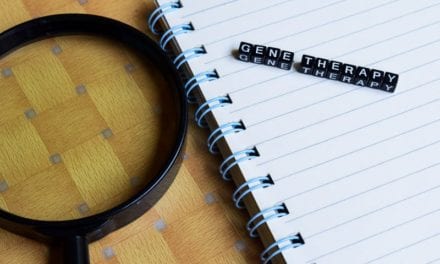by Ben Hirschler, European Pharmaceuticals Correspondent
Last Updated: 2007-09-19 10:00:08 -0400 (Reuters Health)
LONDON (Reuters) – Less for more. It’s not a great proposition but it is a fact of life for big drugmakers, whose increased spending on research is yielding fewer new medicines.
The issue is becoming critical as the $650 billion-a-year global industry heads for the biggest patent "cliff" in its history, with a host of blockbusters set to lose their current monopoly position to generics by 2012.
European pharmaceutical executives are frank about the challenge of getting new drugs to market against a backdrop of heightened caution among regulators and a high failure rate in late-stage drug development.
"It will never get back to the 1990s when it was quite easy to register a drug," according to Marc Cluzel, head of research at Sanofi-Aventis.
Novartis Chairman and CEO Daniel Vasella, meanwhile, admitted last week he saw little chance of the company’s new pain drug Prexige winning approval from an increasingly safety-conscious U.S. Food and Drug Administration.
Individual companies claim they have a recipe to defy the odds with new drug pipelines that are under-valued by the market. But investors remain sceptical and industry analysts say the big picture looks bleak.
New product output has fallen an average 3 percent a year in the last decade, despite a 7 percent annual increase in R&D budgets, creating a real risk that much of the industry will go ex-growth in the next five years, according to Merrill Lynch.
The problem is the conjunction of poor productivity with rising patent risk.
From 2010 to 2012, all four of the world’s top-selling drugs — Pfizer’s Lipitor, AstraZeneca’s Nexium, GlaxoSmithKline’s Advair, and Sanofi and Bristol-Myers Squibb’s Plavix — will face generic competition.
Many others, including Novartis’s Diovan, also risk slumping sales as the patent clock runs out on a series of blockbusters developed in the 1980s and 1990s.
Gbola Amusa, a pharmaceuticals analyst at UBS, says companies’ resilience in the face of the patent cliff will feature increasingly in predicting returns for large-cap pharmaceutical stocks.
MORE SHOTS ON GOAL
Companies themselves have various options to try and deal with the challenge.
One approach is to push more experimental compounds through the pipeline and get more "shots on goal", a strategy trumpeted by both Glaxo and Sanofi.
Cluzel told analysts in Paris this week that by pumping at least 20 new experimental drugs each year into clinical development, he should get at least two to market. That implies a 90 percent attrition rate, up from around 80 percent in the 1990s.
Yet even this may be optimistic, with some industry observers suggesting 95 percent as more likely these days.
The lukewarm reaction to Sanofi’s pipeline update this week, despite it showing the potential for up to 31 filings by 2010, shows that quantity is not everything.
Analysts were worried by the riskiness of some products or their lack of differentiation from competitors.
Resilience can also come from licensing in promising drugs to fill the looming sales gap. The snag is every large company is now actively pursuing such assets, making the cost of deals — notably in biotech — increasingly expensive.
Alternatively, companies can dilute their patent hits through diversification.
Glaxo’s insistence on retaining consumer healthcare brands from toothpaste to sports drinks will provide a limited cushion, while Novartis has a natural hedge to an extent with its large generic medicine business.
The best defence, however, is simply a long patent life.
Roche’s big cancer drugs will not lose protection before the middle of the next decade and even then generic competition is uncertain, since they are biotech drugs for which rules on off-patent versions are unclear.
Not surprisingly, Roche stock continues to trade at a premium, fetching 16 times forecast 2008 earnings against a European pharmaceuticals sector average of around 14.



